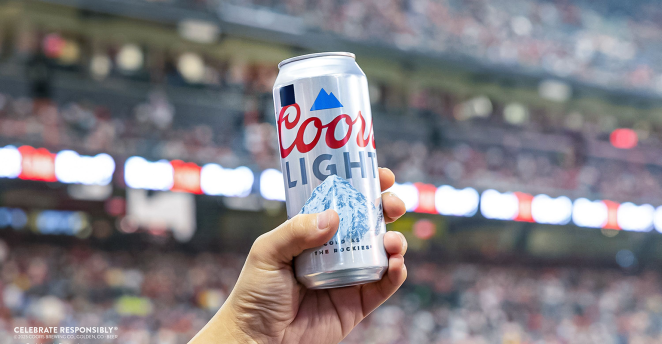In an era of saturated markets and heightened consumer expectations, brands are grappling with a conundrum that might surprise many: "blandification." This term, coined in FutureBrand's latest Consumer Index, captures a growing concern among consumers that many established brands, despite their relentless efforts, are failing to forge meaningful and relevant connections.
The FutureBrand Consumer Index, a rigorous assessment of 100 major consumer packaged goods brands, has shed light on this phenomenon, revealing a substantial gap between brand performance and consumer expectations. It's a wake-up call for marketers and brand strategists who are battling not just for market share, but for the hearts and minds of a discerning audience.
The Rise of Blandification
"Blandification" encapsulates the drift towards uniformity and lack of distinction in brand experiences. Despite the kaleidoscope of products available, many brands seem to blend into a homogenous landscape, lacking the spark that makes them memorable. According to the Index, the likes of Coors Lite, Kellogg’s Cornflakes, Axe (Lynx), and Fanta are among the ten worst performers, highlighting a significant disconnect from consumer desires.

FutureBrand's study reveals that while brands excel in consistency, they falter in creating seamless and personally relevant experiences—the top driver of brand affinity. This gap between consumer needs and brand delivery, aptly termed the "relevance gap," is a crucial insight. Brands are investing heavily in maintaining a consistent image, but this effort does not translate into meaningful consumer connections.
The Path to Relevance: Innovation and Authenticity
To counteract blandification, brands must pivot from traditional marketing approaches to embrace innovation and authenticity. FutureBrand’s findings point to a transformative opportunity: the brands that resonate most deeply with consumers, such as Gerber, Tide, Gatorade, Clorox, and Crest, are those that have successfully integrated these elements into their brand strategies.
- Solve Personal Needs: In a world increasingly focused on self-care and personal fulfillment, brands need to address individual consumer needs. Whether through personalized products, bespoke services, or customer-centric innovations, the ability to solve tangible problems for consumers is a powerful driver of brand loyalty and relevance.
- Learn from Corporate Brands: Interestingly, corporate and B2B brands have demonstrated stronger relevance in meeting customer needs compared to their consumer counterparts. This suggests a potential area of learning for consumer brands. Emulating the adaptive, customer-focused strategies of successful corporate brands could provide a roadmap to enhance consumer connections.
- Embrace Authentic Connections: In a market where trust and authenticity are paramount, brands that build genuine relationships with their audience stand out. This involves transparent communication, a deep understanding of consumer values, and delivering on promises consistently.
Implications for the Global Market
The insights from the FutureBrand Consumer Index resonate beyond the US market, offering valuable lessons for European and global brands. With US consumer sentiment often serving as a precursor to global trends, brands worldwide can take heed of the challenges identified and proactively avoid similar pitfalls.

For European brands, the emphasis should be on embracing innovation and fostering authentic connections to enhance relevance and competitiveness in a global market. As FutureBrand highlights, this involves reassessing traditional strategies and focusing on creating meaningful consumer experiences that go beyond mere product offerings.
A Call to Action
FutureBrand’s Global Chief Strategy Officer, Jon Tipple, articulates the urgency of this transformation: “Traditional marketing approaches and formulaic thinking are becoming increasingly ineffective. Brands must challenge these norms and embrace new strategies to win with consumers.” This sentiment is echoed by Lynne Field, Head of Strategy for FutureBrand North America, who views the relevance gap "not as a threat, but as a gateway to transformative growth."
Ultimately, the FutureBrand Consumer Index serves as both a mirror and a map—reflecting the current state of consumer brand relevance and charting a course for future success. Brands that heed this call to innovate, connect authentically, and solve personal consumer needs will not only bridge the relevance gap but will also emerge as leaders in a dynamic and competitive landscape. As the world pivots towards an era where consumer connections are paramount, the time for brands to transcend blandification is now.





